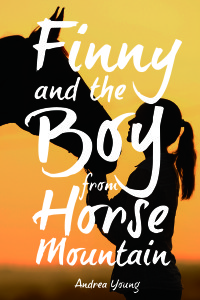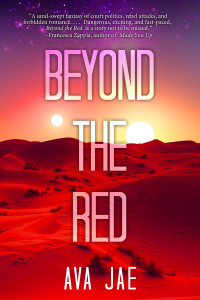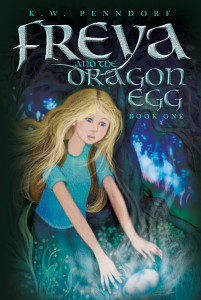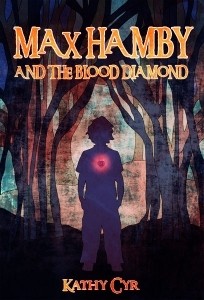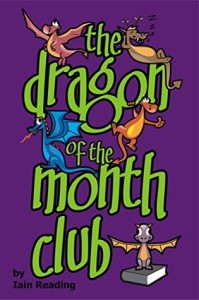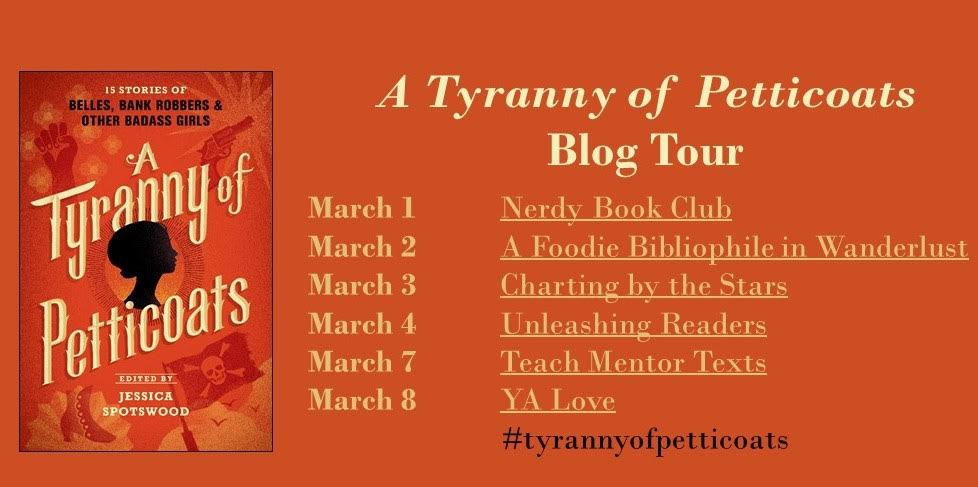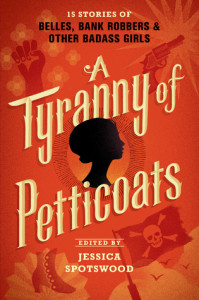“Giving Writing a Try”
A teacher once told me I should give writing a try.
Fast-forward 20 years. I was giving a horseback-riding lesson when I overheard someone say that there are not enough good horse books out there for kids these days.
Having always remembered what that teacher said and after teaching kids to ride for almost 30 years, I figured who better than me to give it a try?
Luckily (because it made it easy), I had absolutely no expectations about writing a book when I sat down at my computer and went for it.
What I found out was that I truly loved to write. I would get so lost in the story I’d not realize hours had passed. Many times I only stopped typing because my arms grew too sore. Painful limbs aside, I had found a new passion.
Finny, the heroine in Finny and the Boy from Horse Mountain, finally got the horse she so desperately wanted. The description in the book of the still standing, but near dead, skeleton of a horse was exactly what I found when I was given a free horse at fifteen years old.
I was dropped off at an abandoned ranch to pick up my new horse. The plan was for me to ride it back home. After seeing her, and the state she was in, that certainty wasn’t going to happen. Fearing she wouldn’t survive, but having no other choice. We slowly began the eleven-mile walk home and the journey that would change my life.
That event was a defining moment for me. Not only did the horse survive, she thrived and turned out to be an amazing animal any kid would be blessed to have.
I hoped I could portray in my story how an event like that can bring so much happiness and change a life for the better.
There were two elements in my book that I wanted to stay true to. First, that all the equine information was accurate. I wanted anyone who read the book to also learn from it. That was very important to me because I teach horsemanship and safety around horses. I have read numerous horse books where the information is actually incorrect or misleading.
Second, I wanted to show that the good guys don’t always win just because they’re good and the bad guys didn’t always lose because they’re bad. I wanted to do that because that is how the world works. Another lessons kids should learn.
Finny gets a horse named Sky. Her dream is that someday he’ll become a champion jumping horse. As their story progresses, she has to modify her plans since Sky is proving to be so difficult. I didn’t want this to be a crushing end to a dream, just the beginning of a new one. I wanted my readers, like I do my students, to learn the journey is the joy, not the ribbons from the show arena.
Joe, the male hero in the story, is already years ahead of Finny when it comes to being set as the person he is. His background has been tough, but the sense of self he has gotten from working with horses is enough to get him through the bad times. Finny sees this in him, and admires him for it.
Ultimately, my characters absorb their life lessons from their experiences with horses and each other. All the bad thrown their way, they handle due to the strengths they’ve gained. I hope my real life students can achieve that, too.
Finny and the Boy from Horse Mountain
About the Book: Against the backdrop of the high-stakes and intensely competitive equestrian sport of show jumping, Finny, a fifteen-year-old girl in California, adopts an emaciated, untrained horse without her parents’ knowledge. Soon after adopting Sky, Finny meets Joe, a sixteen-year-old, who has run away from his cruel uncle in Montana. His love for horses and desire to be a trainer matches Finny’s dream of competing in the show jumping arena—against rich girls on fancier horses—and together, they train Sky to become a first-rate show jumper.
But the path is fraught with danger. Sky is not like other horses and is so destructive and difficult he gets them kicked out of the barn where Finny has been working and training. Helped by a kind woman who owns a horse rescue, Joe is able to prove both his and Sky’s incredible talents. When Joe is kidnapped by his violent uncle, Finny and Sky are the only ones who can save him. In a breathtaking finale, Sky and Finny must enter the underworld of the rodeo circuit, an after-hours, illegal race, where they will risk their lives to save the boy they love. Young demonstrates a masterful ability to set a breakneck pace and keep it up until the end of the novel. Finny and Joe are enduring characters who are sure to appear in upcoming sequels.
About the Author: Andrea Young is a highly respected riding instructor at Elvenstar in Malibu, one of Southern California’s top hunter-jumper barns. Her innovative work has been featured in Practical Horseman, Hunter/Jumper magazine,Show Circuit Magazine, Chronicle of the Horse, and others. She is currently writing a trilogy featuring Finny and Joe, the boy from Horse Mountain. She lives in Simi Valley, California.
Thank you to Andrea for this honest post. We hope it will inspire readers and writers!
Thank you to Cheryl from Sky Pony Press for connecting us with Andrea!
